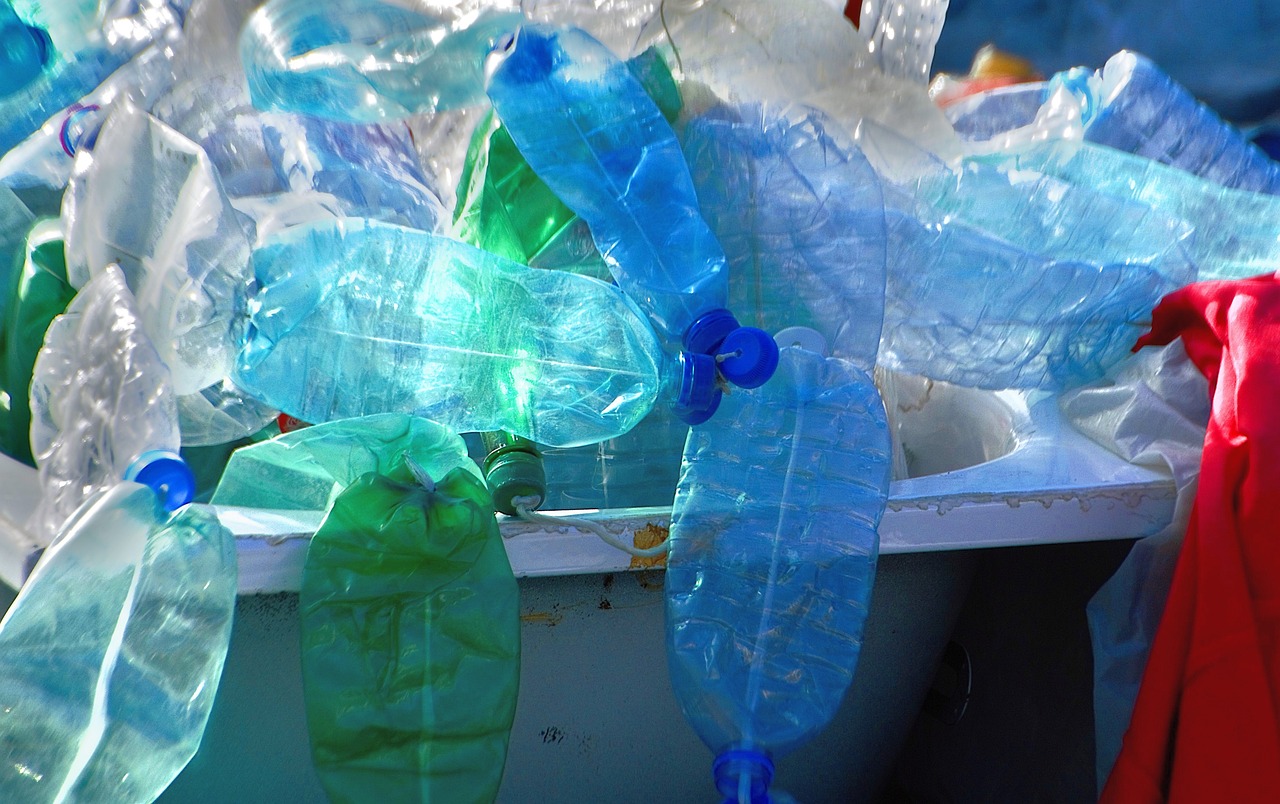Plastic is widely perceived by the public as a major problem for climate change and the environment. It is often why people think recycling bottles is one the most important things they can do for environment. But how does the problem of plastic fit in with the climate change crisis?
Putting plastic into context of the climate change crisis
Plastic’s role in the climate change crisis is not as significant as it seems. It contributes 3.3% to greenhouse gas emissions, so it is not one of the main reasons for global warming. If you compare this to other factors that contribute to global warming such as beef, fast fashion, or fossil fuels for electricity and heating, (ranging from 10% – 20%), its contribution is comparatively small. It does have a bigger impact on the biodiversity crisis we are currently facing. Millions of tonnes of plastic do enter our rivers and seas every year. But less than 6% of plastic enters the sea. This does not mean it is not a problem, and we should be reducing our amount of plastic we use. But do not think this has a large impact on your carbon footprint. There are other actions that have a much bigger impact.
The truth about recycling plastic
About 44% of plastic is used for packaging. Even though we have recycling bins for plastic packaging, only a small percentage of plastic gets recycled. The rate of recycling plastic only stands at 9% globally and the rest goes to landfill or rivers and seas. Recycling is now widely regarded as not the solution for dealing with plastic waste. Instead, we should avoid using it and only have it in necessary situations. This does not mean you shouldn’t recycle plastic waste, but it is better to avoid it, especially for single use items.
How to avoid plastic on food and drink
When shopping, buy loose fruit and vegetables to avoid plastic packaging. Other ways to cut down plastic is to buy milk and juices from the milkman. When you go shopping, take a reusable shopping bag too so you do not need to use one from the shops. Also carry with you a refillable bottle and coffee cup. It is possible to buy a coffee cup that collapses to a small size.
How to avoid plastic in household products
Buy household products in big quantities in large refillable containers. Companies such as Fill and Ecover sell a range of products in very large containers which can be refilled. This is possible for washing up liquid, washing machine liquid, dishwasher powder, house cleaning products, shampoo, conditioner, hand wash and hand cream. Buying these in large quantities in in containers which can be refilled will save you from buying a huge number of bottles for these products. Buying in bulk will also save you a lot of money. There are non-plastic sponges and cloths which are available which prevent microplastics entering our water system.

Leave a Reply